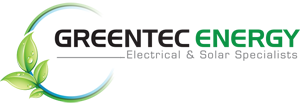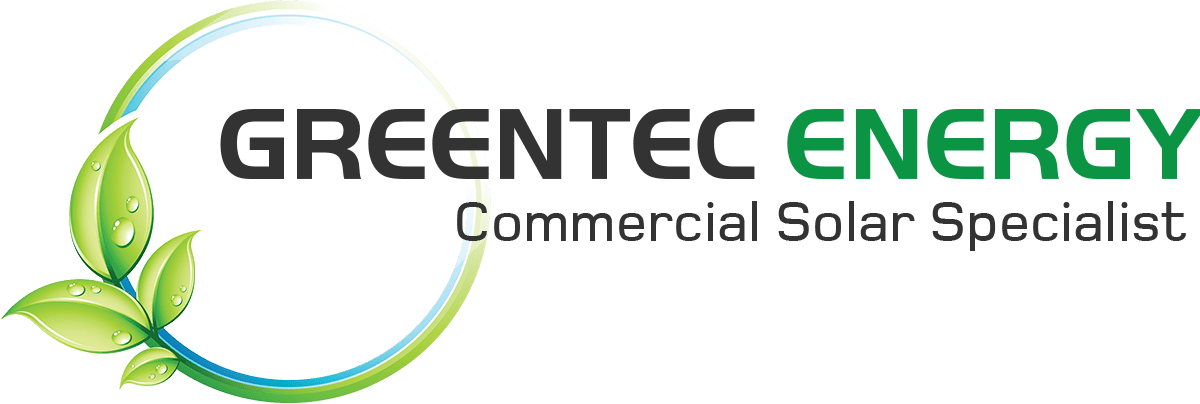FREQUENTLY ASKED QUESTIONS
There’s a lot to consider when purchasing a solar power system. We’ve tried to provide as much information for you as we can, but we are more than happy to discuss the particulars of your energy requirements in person.
Contact us now to discuss how much solar power could save you, or to arrange on onsite energy audit.
A solar panel converts light energy into electricity without causing pollution. Solar panels are also referred to as a photovoltaic or PV modules (photo = light, voltaic = electricity).
• It is quiet, clean energy and reduces electricity bills.
• It avoids the impacts of fossil fuel power stations such as greenhouse gas emissions and local air pollution.
• It can add value to your house, and make an interesting and unique architectural feature.
A solar power system uses silicon cells and light to produce electricity. A solar hot water system uses black pipes, evacuated tubes and the sun’s heat to heat water.
When the solar panels on your roof are connected to your existing commercial electricity supply, the system is said to be grid connected.
Any size Grid Connect solar power system will make an impact on reducing pollution and decreasing your electricity bill. However, for most people the maximum return on investment occurs with systems at 3kW and over.
For a simple 1.5kw system you pay between $3,000 and $4,000 depending on your house (single or double storey, tiles or flat roof).
The average home uses about 18kW hours per day. The system will produce on average about 5.4kW hours per day or 1971kW per year. The solar system will also cushion the impact of future electricity price increases.
Solar Credits replace the previous rebates program. They are effectively an industry funded, rather than government funded discount to solar purchasers. In effect you receive an up front discount from your solar supplier based on the size of your solar system. The solar company will use this discount to create Small Scale Technology Certificates (STCs previously RECs) similar to shares and then try to sell these to electricity companies who must buy them to offset their carbon emissions.
The government has effectively capped the price at $40 per STC. A 1kw solar system normally creates 18 STCs.
Renewable Energy Certificates are offered to people who install solar hot water, wind power, hydro and solar power systems across Australia. The idea is that you are essentially selling the carbon offset from your system and getting a point of sale discount off your system.
This is the price the government says must be paid for the power produced by your solar panels. Currently you are paid for every kW produced that is put back into the grid.
However, most other countries use a GROSS feed-in tariff which pays for ALL your solar energy produced. This is how it works in other countries …
How does the electricity retailer know how much to bill me when I am producing some of my own power?
In most cases the electricity meter records the electricity your solar panels send to the grid as well as the energy consumed from the grid. However, in some cases it may instead record all the energy produced from the solar modules as well as all the energy consumed by the house. Your electricity distributor reads the meter and determines your balance. Your electricity retailer then bills for the energy consumed OR makes payment for the excess production.
Solar panels do need light to produce electricity. However, the electricity can be stored in batteries (Stand Alone Power Systems, SAPS) or in the electricity cables on the street (Grid-Connected Solar Systems). Therefore, there’ll always be electricity when you need it.
If you have a grid connected system your power will go out in a blackout, as your system’s inverter automatically disconnects the electricity supply to prevent electrocution. When this happens, you can’t get your electricity back out of the cables, and you can’t put any more in. In regional areas where the supply of electricity is not reliable, ‘uninterruptible power supply’ (UPS) solar power systems can be set up to provide power when blackouts or power surges occur. Such systems also incorporate a battery bank to store the back up power.
Solar power systems are covered by Australian standards and installed by trained professionals. The actual life of the solar panels is expected to be more than 30 years.
Solar panels are designed to absorb as much light as possible to generate the maximum amount of electricity. Therefore the materials typically have no or low reflectivity.
The Grid Connected inverter converts the electricity from your solar panels to mains power electricity. It also safely stops the solar system if there is a blackout on the powerlines.
This depends on how much power you use. Even if you a re a high user of electricity, you can dramatically cut your energy use by being Energy Smart, which in turn would require a smaller more affordable system for your home. Also, you don’t need to install enough panels to power the whole house if you live on grid electricity. You could, for instance, buy as many panels as you can afford (and add on later), and buy Accredited Green Power for the rest. A solar panel has an area of 1.35 square metres, and a Grid Connect System will take up a minimum roof area, starting from about 8 square metres. We can design a system to meet 100% of your electricity needs, or to the size or budget you require.
In most cases we can install smaller systems without notifying your electricity supplier. In some cases, mainly for larger systems, we may need to get pre approval prior to installing the system. It is best to discuss this with your solar consultant prior to proceeding with an order.
It depends on the council’s regulations, we are happy to check with your local council for you.
No, but Home and Contents insurance is a good idea if you have solar panels. As with all major household purchases, make sure that your solar power system is included.
North-facing roofs are ideal for solar power, but most systems can work up to an angle of 45 degrees off North, or a system can be designed on a side-pitch array frame for West, and West Facing roofs. Solar panels installed onto flat roofs can be tilted to face the sun.
You could take your solar power system down and re-install it at your new house provided the roof of the new house is suitable.
Or, you could include it in the selling price of your house.
A typical installation typically takes one to two days depending on your property. We will inspect your site to determine the ease of installation. The installation includes connection of the solar system to mains power, installation of the inverter, and installation of the solar panels and framing. Installation does not include the changeover of the electrical meter – this will be charged to you by the electricity provider, and the meter normally gets changed two weeks following the installation.
The meter must be changed so your electricity retailer can read the amount of solar electricity you export so they can credit your account.
The solar system will produce 100% Green Energy every sunny day. A solar power system is a long-term investment with a typical payback of around 5-6 years. Keep in mind that solar panels are a similar price to many other home renovations and consumer goods, which will never pay themselves back e.g. home theater, new carpet, swimming pool, a new kitchen or even a car.
The cost would be about the same if the roofs were the same shape. If you are building a new house you can make sure the roof is optimally shaped and oriented for solar power. If you are building a new house, the relative cost of the solar panels compared to the overall cost of the house will be small.
Your roof has been designed to carry a lot of weight and most roofs will hold panels without the need for reinforcement. Solar panel framing is attached to the rafters of the house so that the load is ultimately borne by the roof structure not the roof material (e.g. tiles). The installer will design your solar power system to take account of the roof structure. Solar panels are placed over the top of any roof penetrations, and all penetrations are waterproofed so the roof won’t leak.
Yes. Solar panels are designed so that they need little or no maintenance. Dust typically reduces output by 5% but since solar panels are sloped, the rain keeps them clean. You may need to hose them down after long periods of little rain.
Yes. Solar panels are made of toughened glass and are generally indestructible. They are also sloped so hail tends to glance off rather than hit directly.
As accredited installers, our installations comply with the Australian Standards for Solar Electricity Grid Connect systems. All installed systems are inspected by an electrical inspector and a Certificate of Electrical Safety is issued.
Yes. Modern solar panels will make approximately enough electricity in 4 years to cover the amount of energy that was used in manufacture. Solar panels generally have a 25+-year lifespan.
Making solar cells from silicon does use some toxic chemicals. However these are all contained and re-used, unlike the air pollution created by burning coal. Disposal can also be controlled.
In terms of converting a renewable resource to energy, solar panels are less efficient (15%) than other renewable energy technologies such as wind farms (30%) or hydro generators (40%). But solar panels require the least maintenance since there are no ‘moving parts’ as in other technologies and will last longer without requiring upgrades.
Get In Touch
If your still paying for electricity you are paying to much. A solar system is the cheapest form of electricity and will save you thousands of dollars. Contact Greentec Energy today and start your solar journey.
Contact Information
PO Box 123 Claremont WA 6010
1300 358 042
[email protected]

